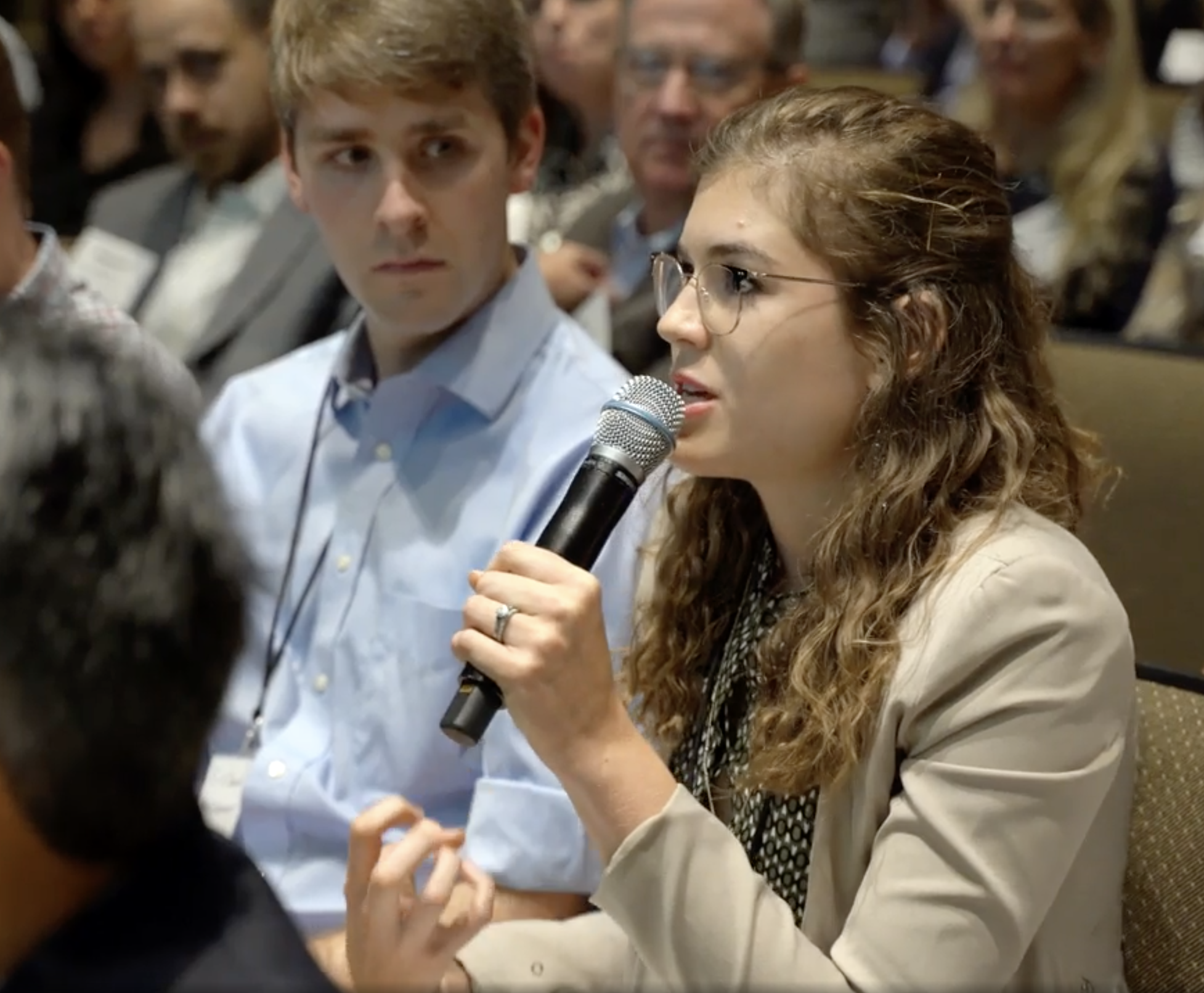A couple of weeks ago, I went to a salon-style public speaking workshop. The crowd was small and intimidating—mostly CEOs, founders, and other accomplished folks—but the atmosphere became surprisingly intimate and warm.
There’s a reason for this. Cliff, the host, designed the day as an experiment in vulnerability. He and other speakers began each segment by sharing their fears and hopes with the audience. And it got real, real quick They invoked Brene Brown and spoke with equal candor about professional achievement, addiction, and childhood poverty.
As they did, you could feel the room shift—you could see it in the tone of the Q&A, the body language during breaks, and the unexpected laughter. That group of hardcore networkers had become invested in each other as people, just because of the way a few individuals tailored their talks. Five things they shared have stuck with me. I wanted to pass them on in case they resonated with you, too.
- Audiences will not accept us until we show vulnerability. This is a huge shift from our culture’s previous obsession with being perceived as a perfectly polished expert. Now, young people especially see emotional connection as a prerequisite to engagement. This trend isn’t limited to the US, either: it’s happening in Europe and even beginning in the Pacific.
- Frame yourself for the audience. When you introduce yourself as a speaker, use a few words to help the audience quickly understand what role you’re playing today. Choose to limit what you share so that it has a clear start, finish, and story arc in between. To decide what to share, ask, “What would I title the book about my life?”
- Don’t look. Connect. Apparently, public speaking classes gave us bad advice. Making eye contact in a very controlled, inorganic way builds walls between the speaker and the listener. Instead, it’s more effective to spend 15 seconds speaking one-on-one to someone in the audience—long enough to be a bit uncomfortable.
- Braid your material. Brene Brown is the master at getting points across engaging emotionally. The technique she uses is “braiding,” blending and moving consistently between 1) personal stories, 2) client examples, and 3) raw information, never spending too long on any one type.
- Show greater care for the audience than the subject. We can make audiences feel safe by telling them that we’re happy to be here, by taking as many questions as possible, and by relating our more arcane material to a significant and shared part of the human experience, like stress or desire for connection. Audiences also love to end on a positive and collaborative moment instead of a logistical or heavy one.
Using public speaking to build meaningful connections—to close, rather than broaden the gap between expert and layperson—honors the humanity of everyone involved. It’s a powerful example and a joy to behold.
Here’s to braiding stories and bringing warmth to rooms full of intimidating people.
